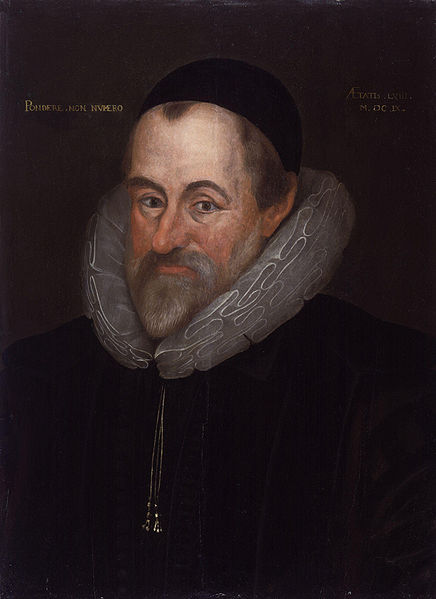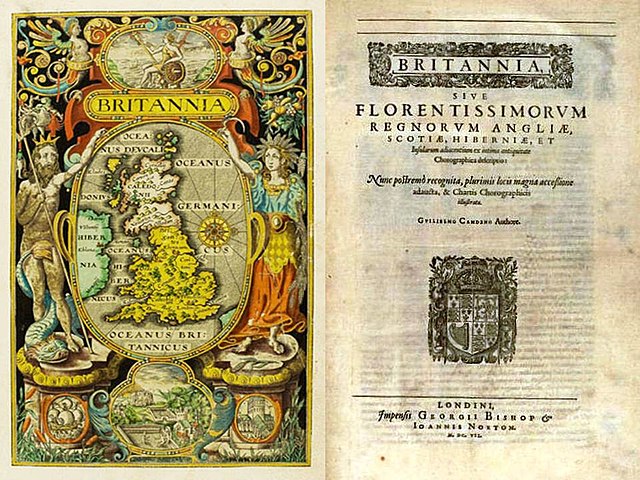The Cambridge Camden Society, known from 1845 as the Ecclesiological Society, was a learned architectural society founded in 1839 by undergraduate students at Cambridge University to promote "the study of Gothic Architecture, and of Ecclesiastical Antiques". Its activities came to include publishing a monthly journal, The Ecclesiologist, advising church builders on their blueprints, and advocating a return to a medieval style of church architecture in England. At its peak influence in the 1840s, the society had over 700 members, including bishops of the Church of England, deans at Cambridge University, and Members of Parliament. The society and its publications enjoyed wide influence over the design of English churches throughout the 19th century, and are often known as the ecclesiological movement.
John Mason Neale, one of the founders of the society
The gallery at Strawberry Hill, showing Gothic revival architecture
The west front of York Minster, an example of Decorated Gothic architecture
Box pews of the type condemned by the society in St Paul's Church, Birmingham
William Camden was an English antiquarian, historian, topographer, and herald, best known as author of Britannia, the first chorographical survey of the islands of Great Britain and Ireland, and the Annales, the first detailed historical account of the reign of Elizabeth I of England.
William Camden
Hand-coloured frontispiece and title page of the 1607 edition of Britannia
Camden as Clarenceux King of Arms in the funeral procession of Queen Elizabeth I, 1603
Frontispiece and title page of a 1675 edition of the Annales








